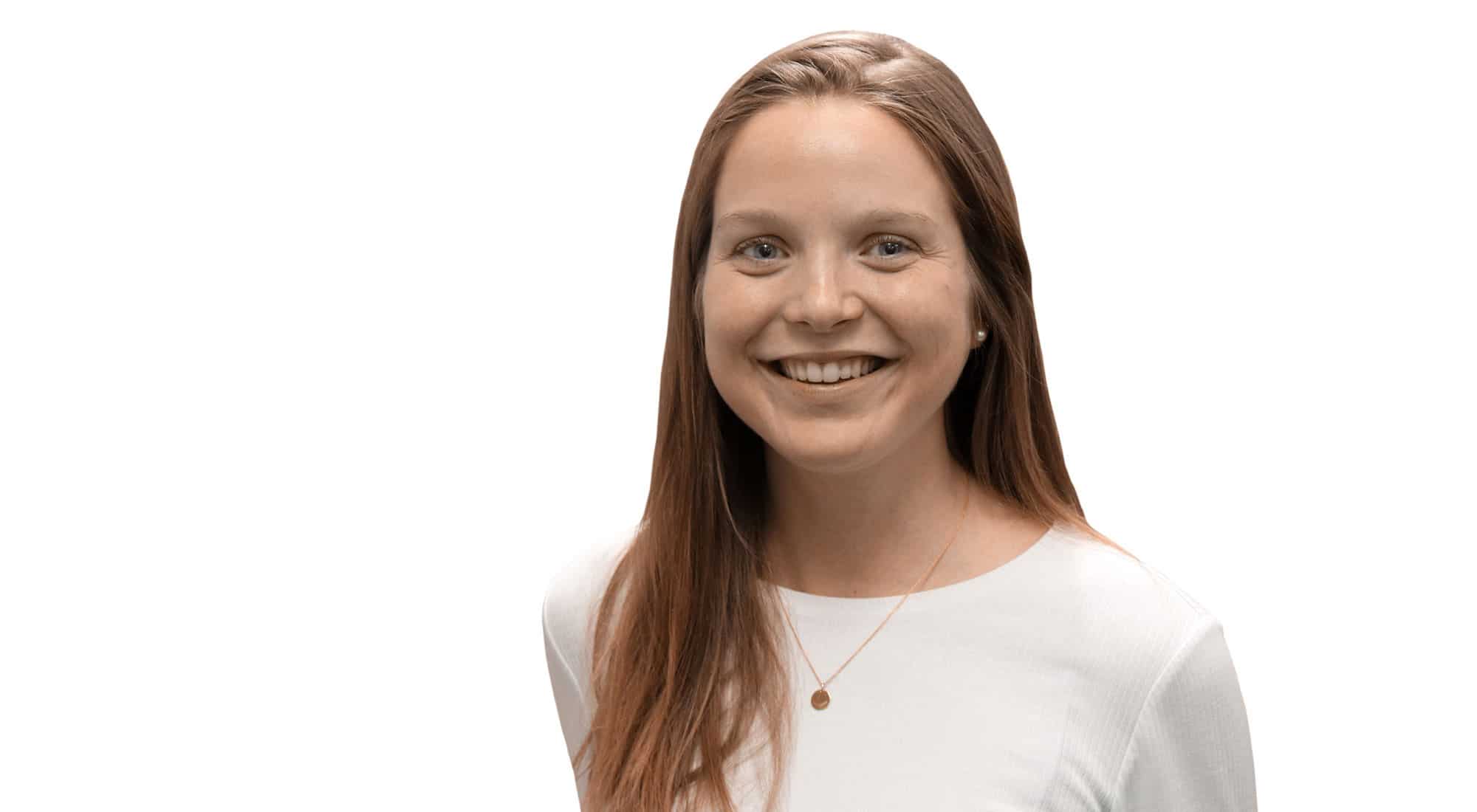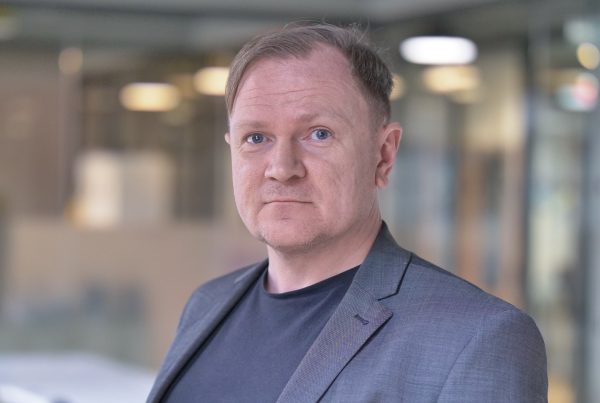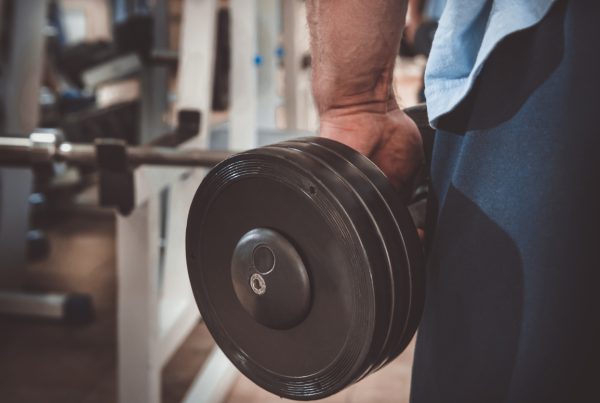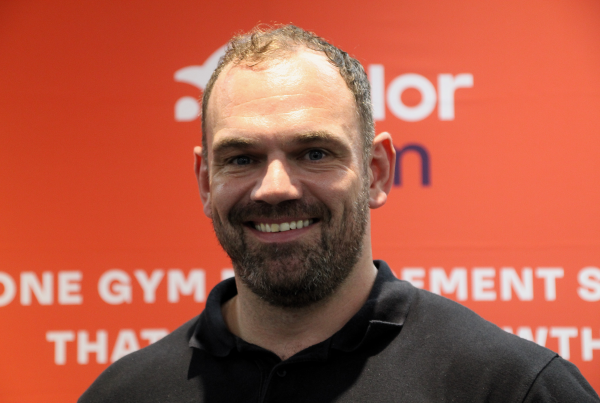By Charlotte Cuenot, Senior Policy Development Manager, ukactive
The high street is currently defined as “the traditional site for most shops, banks and other businesses”. However, mounting evidence shows this model is becoming increasingly unsuccessful and unsustainable, particularly in the aftermath of COVID-19. This offers communities, businesses and local councils a unique chance to reinvent their high streets, and think about the ways in which these central community hubs can place a greater focus on people and locales.
At ukactive, we view high streets as important spaces to cultivate community, support public health outcomes, boost local economies and combat anti-social behaviour. As the leading representative body for the physical activity sector, we also believe the high street is uniquely placed to influence the nation’s activity levels and support people to make healthier lifestyle choices.
According to a recent report by The King’s Fund, people in the least deprived areas of the UK can expect to live approximately 19 more years in good health than those in the most deprived areas. These inequalities in health are exacting a huge bill on both our National Health Service and the wider economy, costing taxpayers more than £100bn every year (Mercer UK). Supporting people to lead healthier lifestyles could engender a substantial decline in chronic conditions and alleviate the pressures of ill-health on our public finances, particularly in the context of renewed austerity.
Getting people more physically active is a great place to start. Speaking at the ukactive Summit, Sir Simon Stevens, then-Chief Executive of NHS England, said: “If physical activity could be packaged into a pill, it would be a pharmaceutical blockbuster.” Regular exercise can support the prevention of up to 20 chronic conditions, including type 2 diabetes, breast cancer, as well as depression, stress and anxiety – generating over £4.1 billion in healthcare savings every year, according to a report from Sheffield Hallam University and Sport England. The report also shows that physical activity generates £72bn in social value and contributes £13.2bn to the national economy, every year.
Yet over four in 10 adults do not achieve the recommended levels of physical activity (Active Lives Survey 2020, Sport England). In lower socio-economic groups, inactivity has risen by nearly eight per cent as a result of the pandemic, and there have also been notable drops in activity levels for children, students and young professionals (Ibid). As we come out of the COVID-19 crisis, we have a unique opportunity to place physical activity at the heart of our built environment to support the mitigation of health inequalities and reduce their cost on the economy.
Given its role as a central hub for local communities, the high street is an important component of our built environment with the potential to influence behaviour and lifestyle choices. Place-makers should therefore ensure high streets contain activities which are both conducive to positive public health outcomes and accessible to people of all ages, abilities and socio-economic backgrounds. These could include retail spaces which offer healthy food and beverage options, parks which feature walking and cycling infrastructure, and leisure centres which provide healthcare services and advice.
Demand for health-promoting offers has never been greater. Consumer surveys show over 50 per cent of adults have adopted a healthier lifestyle in the aftermath of the pandemic, dedicating more time and income to activities which support their health and wellbeing. There are many ways in which high streets can capitalise on this eagerness to make and access healthier choices. Place-makers need only think about how health-driven offers can become more visible and accessible to high street visitors.
This article features in a new eBook, The Digital High Street – Community, by Tech London Advocates.
Find out more about the opportunities for a healthier society at the ukactive Conference, taking place on Wednesday 13 October at the Guildhall, London

More People More Active More Often




